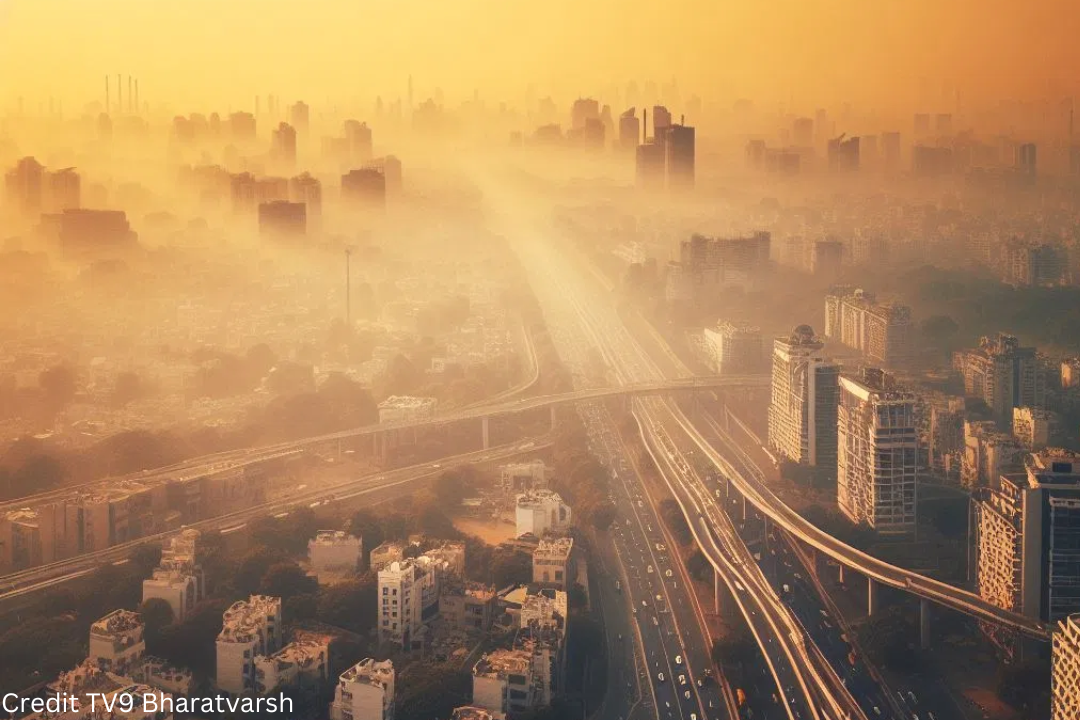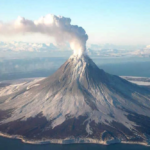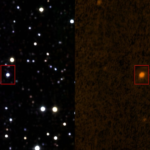Rainfall is predicted to increase as a result of greenhouse gas emissions, such as carbon dioxide, as has long been known. Because of these emissions, the atmosphere gets warmer, which leads to conditions where water vapor from the ocean evaporates more quickly and warmer air can contain more moisture, which increases rainfall.
Science News | Research Shows That Air Pollution Hides Rainfall Increases
On the other hand, data did not show an increase in precipitation amounts during the majority of the twentieth century.
This phenomena is clarified by a recent study conducted by scientists at the Department of Energy’s Lawrence Berkeley National Laboratory (Berkeley Lab).
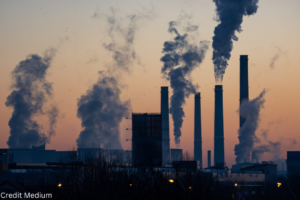
This phenomena is clarified by a recent study conducted by scientists at the Department of Energy’s Lawrence Berkeley National Laboratory (Berkeley Lab). The research, which was published in the journal Nature Communications, shows that the drying effect of aerosols—emissions like sulfur dioxide, which are mostly caused by burning fossil fuels and are also referred to as air pollution or smog—has substantially offset the predicted increase in rainfall.
One of the study’s lead authors, Mark Risser, a research scientist at Berkeley Lab, said, “This is the first time that we can truly comprehend what’s driving changes in extreme rainfall within the continental U.S.”
He clarified that aerosols counteract the predicted increases in intense rainfall up until the 1970s. Nonetheless, the United States’ air pollution levels significantly decreased once the Clean Air Act was put into effect. “Very abruptly, the aerosol masking effect was effectively disabled. This suggests that rainfall may increase far faster than anticipated.
The majority of efforts to adapt to and mitigate the effects of climate change are concentrated at regional scales, where conventional climate models have found it difficult to anticipate the impact of human activity on rainfall. Researchers were able to more definitely ascertain how human activities have altered rainfall patterns in the United States by utilizing a novel methodology and largely relying on rainfall readings from 1900 to 2020.
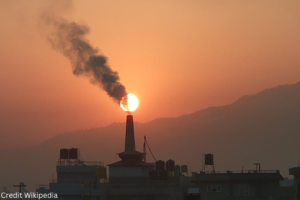
Read More Articles
Reddit and Google struck a partnership for AI training data.
Map methane from space: Google joins the mission
Nandina REM Wants To Revolutionize The Aircraft Parting Out Sector
Bill Collins, an associate laboratory director at Berkeley Lab’s Earth and Environmental Sciences division and co-lead author of the study, states that “The Intergovernmental Panel on Climate Change [IPCC] had concluded mixed and inconclusive conclusions regarding changes in U.S. precipitation due to global warming prior to our research.” Now that we have shown conclusive proof of rising rainfall, we have also explained why earlier research that the IPCC reviewed produced contradictory findings.
In particular, the study looks at how aerosol and greenhouse gas emissions affect normal and exceptional rainfall. It demonstrates that rising greenhouse gas emissions cause rainfall to increase globally. The impact of aerosols is more intricate. Aerosols have a more direct, localized impact in addition to their long-term cooling and drying effect on the planet. Aerosols have varying immediate effects depending on the season; in much of the United States, they tend to increase rainfall in the summer and fall and decrease it in the winter and spring.
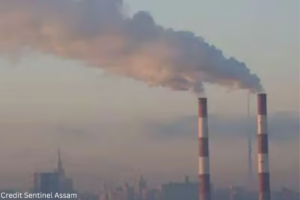
In his statement, “The nature of climate change’s impact on rainfall varies depending on the season, as different weather systems generate precipitation in different parts of the year,” Risser underlined the significance of seasonality in understanding the effects of climate change on rainfall.
According to the study, the contradictory results of earlier research on the changes in precipitation over the past century may be explained by the way aerosols mitigate the impacts of greenhouse gases and the way models and simulations account for these two contributing elements.
The importance of tracking aerosols and incorporating them more thoroughly into models and simulations was highlighted by the researchers as a way to improve the forecasts that are utilized for water resource management and infrastructure planning.
Collins noted that there have already been more extreme precipitation events in the US, with a number of powerful storms that broke records in recent years. “The aerosols that previously mitigated the most severe effects of global warming are decreasing worldwide,” he said, citing improvements in air quality as a contributing factor. According to our research, this decade will see a growing awareness of the increases in intense precipitation brought on by warming ocean temperatures.
